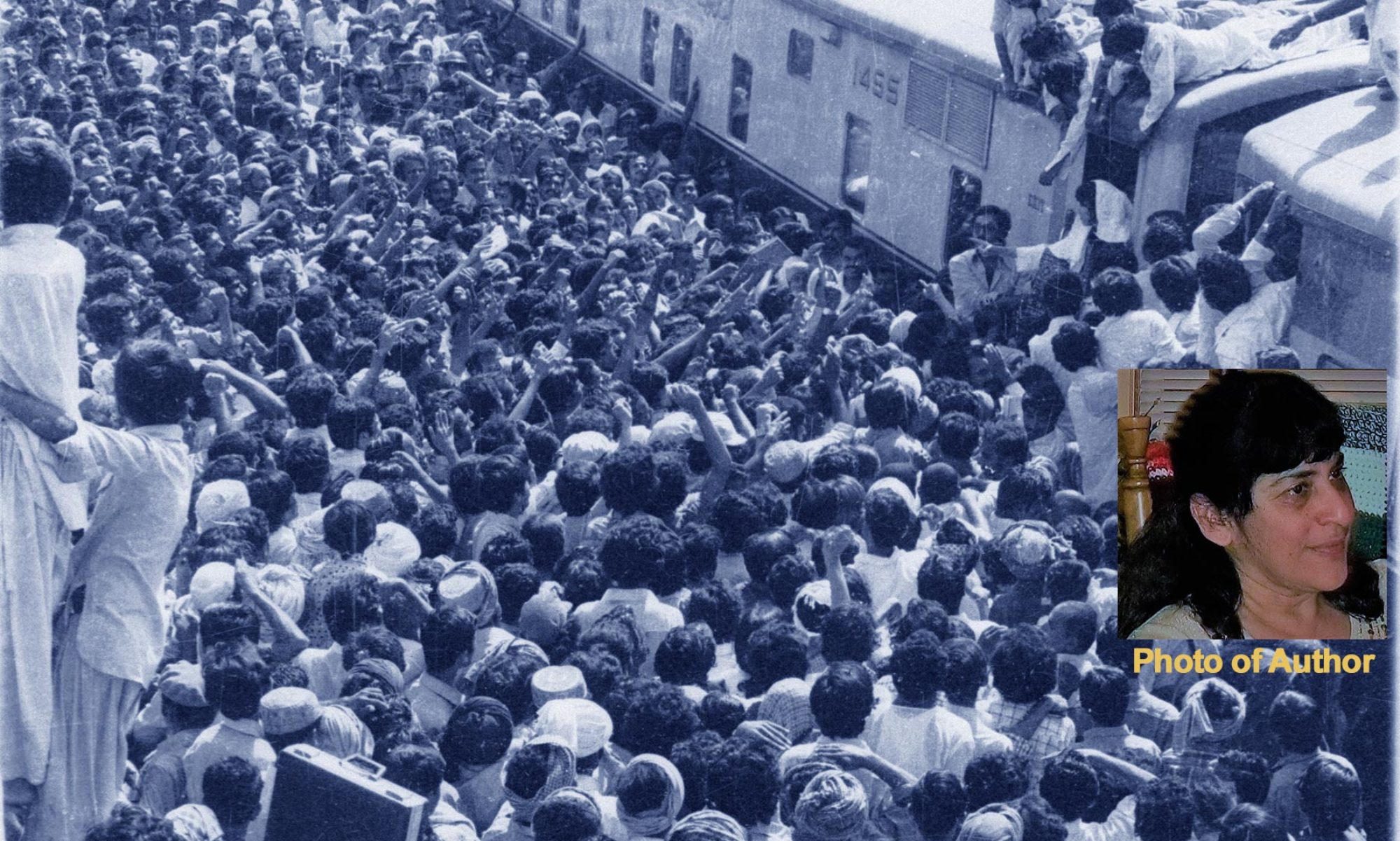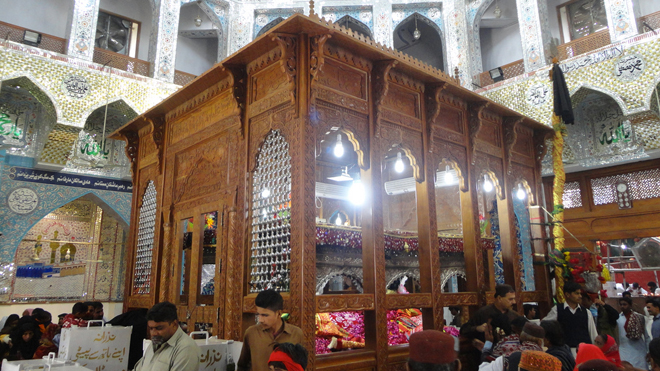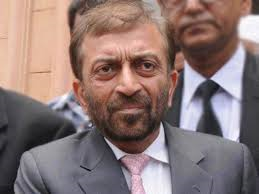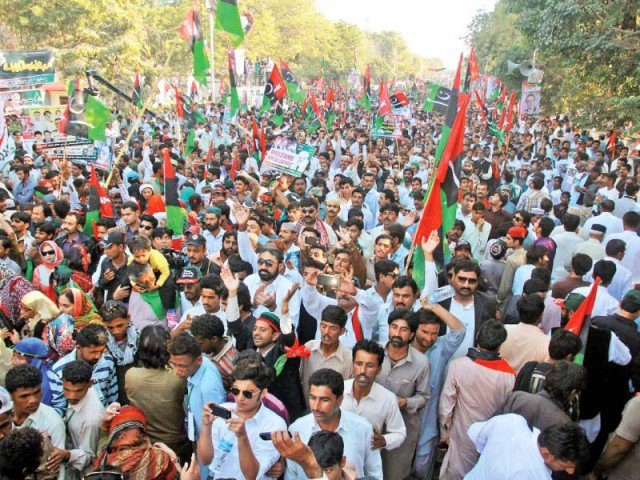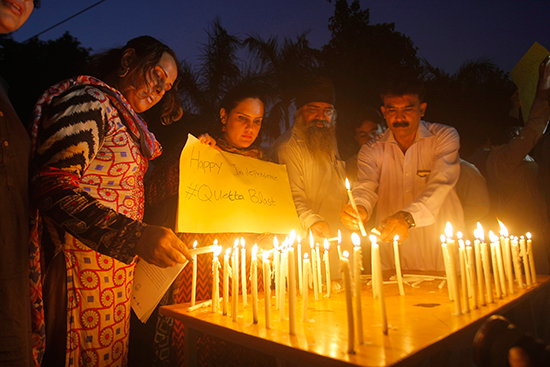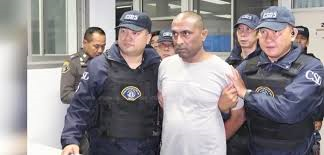KARACHI, March 19: The ruling PML-N, which has its powerbase in Punjab, is looking to make forays into the stronghold of rival PPP after neglecting its Sindh chapter for almost four years. And as part of the plan, Prime Minister Nawaz Sharif will tour rural Sindh to announce development packages in an effort to garner support for his party.
Premier Sharif alluded to the plan during his interaction with the Sindh-based leaders of his party in Karachi last week. “After Lahore, we have to win Lyari [the stronghold of the PPP in Karachi],” he had said. Sharif was advised by party leaders to live up to his earlier pledges of turning the focus to Sindh in order to change the perception that the PML-N’s politics was Punjab-centric.
PM ‘committed to Balochistan uplift’
“We have planned a number of activities in the coming days. We will see him [Premier Sharif] amongst us. He will not only interact with the people at the district level, but will also announce development packages for different cities and towns in Sindh,” a senior PML-N leader told The Express Tribune requesting anonymity.
“After his recent visits to Thatta and Karachi, the prime minister will now travel to Hyderabad on March 25 where he will meet the office-bearers of his party and business community,” he said. “A development package will also be announced for the city.”
The next mega event, according to sources, will be held in April in Jacobabad where Premier Sharif will address a big public gathering. “Rallies have also been planned in Jamshoro, Badin, Mirpurkhas and Dadu districts in the next couple of months,” he added.
Once hit by terror: Balochistan becoming ‘economic tiger of Pakistan’
Karachi-based PML-N leaders say Premier Sharif has decided to focus on Sindh after dozens of politicians quit his party accusing the prime minister and the party leadership of neglecting them. Prominent among them are Ghous Ali Shah, Hakeem Baloch and Mumtaz Bhutto, Liaquat Jatoi and Arbab Ghulam Rahim.
However, the turning point came when the Sheerazi brothers of Thatta also threatened to quit the party. “We are being victimised by the PPP but the PML-N leadership has abandoned us as it does not care. This is the time to say goodbye to the party,” one of the Sheerazi brothers conveyed this message to Sharif in the first week of February.
Premier Sharif promptly responded to the message and called the Sheerazi brothers to Islamabad for a detailed meeting in the presence of Punjab Chief Minister Shehbaz Sharif. It was here that Premier Sharif decided to visit Thatta and announce a development package for the dirt-poor region.
PML-N, military not on same page over militancy: Imran
Subsequently, Sharif not only visited Thatta and announced many projects but also surprised many within one week by attending an event organised in connection with the Holi festival in Karachi where he announced a Rs500 million for the Hindu community.
When asked if the money would actually be provided, PML-N’s Minority Wing Secretary General Khehal Das said Sharif had already formed a committee to oversee this project and identity other neglected areas in various districts where development work would be started. “At least six hospitals funded by the government will be established in various districts, including Thatta, Badin, Tharparkar, Jacobabad and Mirpurkhas,” he said.
Political observers see these activities as part of preparations for the upcoming elections. “The prime minister is now trying to make inroads into the areas traditionally considered the turf of either MQM or PPP in Karachi and other districts of Sindh. You will soon see more activities,” a senior leader said.
Sources in the PML-N say Sindh Governor Mohammad Zubair has been tasked to approach the estranged PML-N leaders in Sindh before the 2018 general elections. “Now, the Governor House will be the epicentre of the PML-N’s political activities,” one leader said.
Governor Zubair has started meeting PPP’s rivals for possible alliances and has activated the PML-N’s social media wing to counter the opposition’s allegations and to defend the government’s policies.
However, some political analysts do not take these efforts seriously given the past record of the PML-N. “Premier Sharif and his team have been making and breaking promises. I don’t see the party winning more seats in Sindh,” said senior journalist Ayoub Shaikh. “Mumtaz Bhutto and Murtaza Jatoi had merged their parties with the PML-N, but now they regret their decision,” he said.
According to some experts, there is a possibility to fill the political gap in the province as people have no alternate for the PPP in Sindh. However, they believe Premier Sharif’s efforts are little late to give Sindh’s ruling party a tough time in the next general election. “I think he has little time to prove something before the next elections,” Shaikh added.
Published in The Express Tribune, March 19th, 2017.
